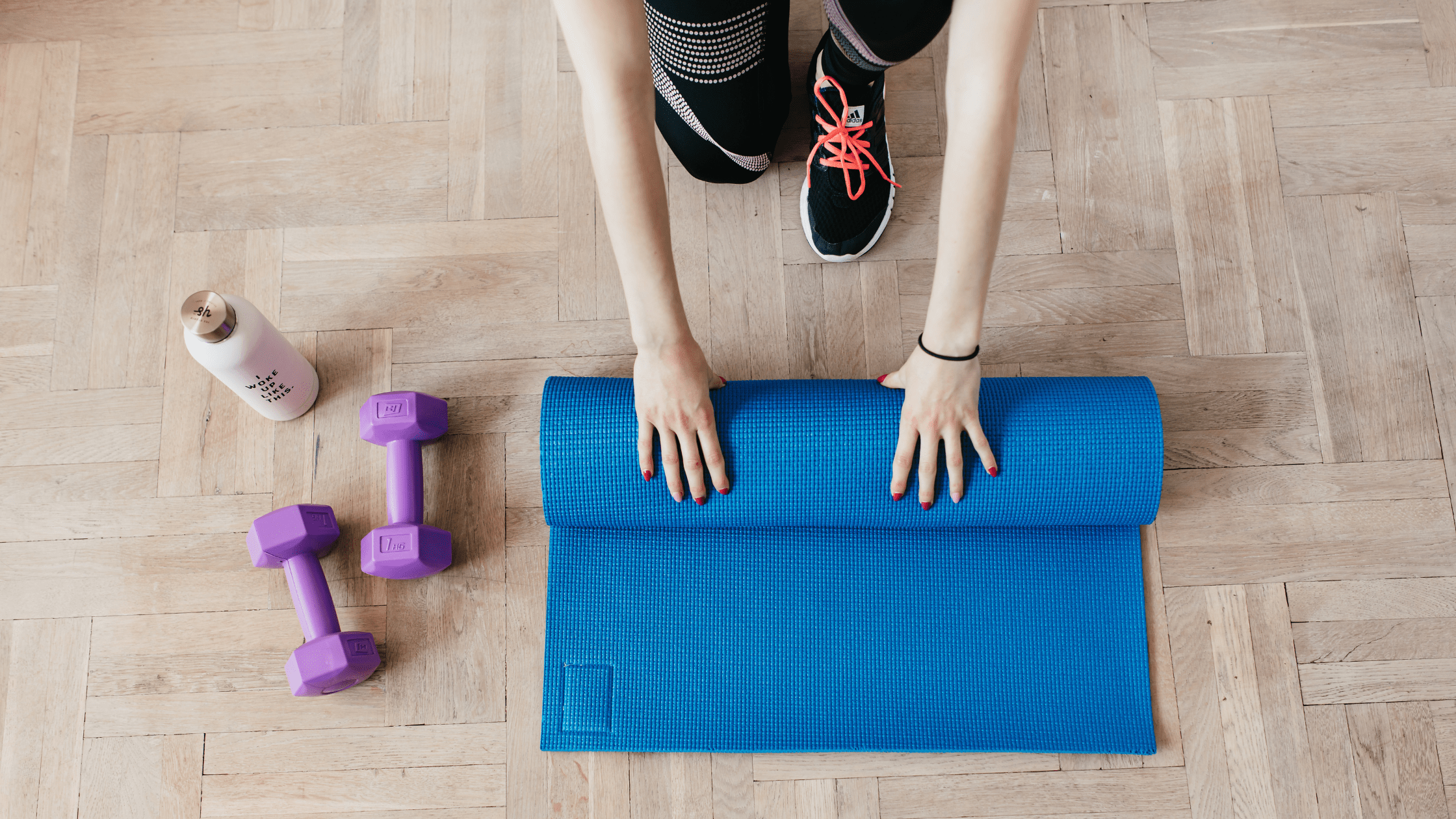Asthma is a long-term disease that affects the lungs and airways. It is one of the most common chronic diseases in children, but can also affect adults. Asthma can be triggered by things like allergies, cold air, exercise, or stress, causing the airways to swell and making it hard for the person to breathe. This article will help you understand how asthma affects breathing and what can you actually do about it.
Here is a secret: breathing can affect asthma as well (4)
Contents
How does asthma affect breathing?
Most asthma symptoms are related to breathing. If you are wondering why, it is because asthma is an inflammatory disease that mainly affects the airways. It causes them to tighten, making it difficult for air to pass in and out of the lungs.
This effect is typically provoked by 3 overlapping mechanisms:
- Inflammation: Considered a major characteristic of asthma, inflammation causes the bronchial tubes in the lungs to redden, swell, and secret more mucus.
- Muscle contraction: Your airways are surrounded by bands of muscle, which are usually relaxed when breathing, allowing air to move freely. When you have asthma, however, the muscles tighten, making it harder for air to pass through.
- Irritability: Asthma causes the airways to become hypersensitive, tending to overreact and narrow whenever they come into contact with a trigger.
After understanding how asthma affects breathing, now it is time to learn about the symptoms and how can we prevent them.
What are the symptoms of asthma?
Asthma symptoms can vary from mild to severe. Some people only experience occasional, mild symptoms, while others may have frequent, severe attacks that can interfere with their daily activities.
The most common symptoms of asthma include:
- Wheezing: A high-pitched whistling sound when you breathe, often heard when you exhale.
- Coughing: A dry, hacking cough that may be worse at night or when you exercise.
- Chest tightness: A feeling that your chest is constricted or that you can’t catch your breath.
- Shortness of breath: A feeling that you can’t catch your breath or that your breathing is shallow.
- Difficulty sleeping: Waking up at night from coughing or wheezing.
Asthma symptoms can happen at any time, but they are often worse at night or early in the morning. This is because the airways are more sensitive to irritants at these times.
How to prevent asthma symptoms?
If you have asthma, you know the feeling all too well. That sudden, sharp chest pain. The shortness of breath. The tightness in your chest. The fear that you might have to deal with another asthma attack at any moment.
Fortunately, there are measures that you can take to prevent asthma from taking over your life:
- Take your asthma medication as prescribed
This may seem like a no-brainer, but it’s important to take your asthma medication exactly as prescribed by your doctor. Don’t skip doses, and don’t stop taking your medication just because you feel better.
- Avoid triggers
Certain things can trigger asthma symptoms, so it’s important to avoid them if possible. Common triggers include dust, pollen, smoke, pet dander, cold air, anxiety & stress. Keep in mind that different people can have different triggers, so do your best to find what affects you. Keeping your house clean and quitting smoking are crucial first steps toward preventing asthma symptoms.
- Learn to breathe correctly
Breathing too fast or too deep is inefficient and can cause you to feel short of breath. Stress and anxiety are among the main reasons behind inefficient breathing. Other reasons may include breathing through the mouth or using mostly the upper part of the chest. If you are experiencing asthma symptoms, it is very natural that you get anxious. This can lead to a vicious cycle where anxiety worsens the symptoms causing even more anxiety.
Breathing exercises (4) can help you break this vicious cycle, stay calm and take the right measures to manage your asthma.
- Get a flu shot
The flu can be a serious complication for people with asthma, so it’s important to get a flu shot every year.
- Manage stress
Stress can trigger asthma symptoms, so it’s important to find ways to manage stress in your life. This may include yoga, meditation, or simply taking some time for yourself each day to relax.
- Get regular exercise and eat a healthy diet
Regular exercise can help to improve your lung function and make it easier to control your asthma. Just be sure to warm up and cool down slowly to avoid triggering asthma symptoms. Eating a healthy diet also helps to improve your overall health, which can in turn help to improve your asthma.
- See your doctor regularly
Even if you’re feeling good, it’s important to see your doctor regularly for asthma checkups. This will help to ensure that your asthma is under control and that you’re doing everything you can to prevent symptoms.





